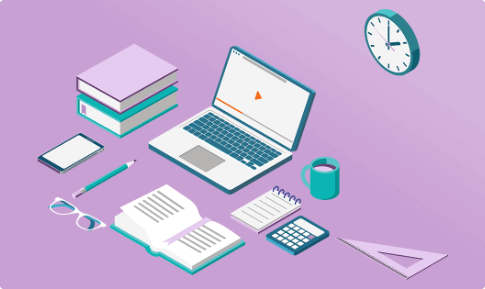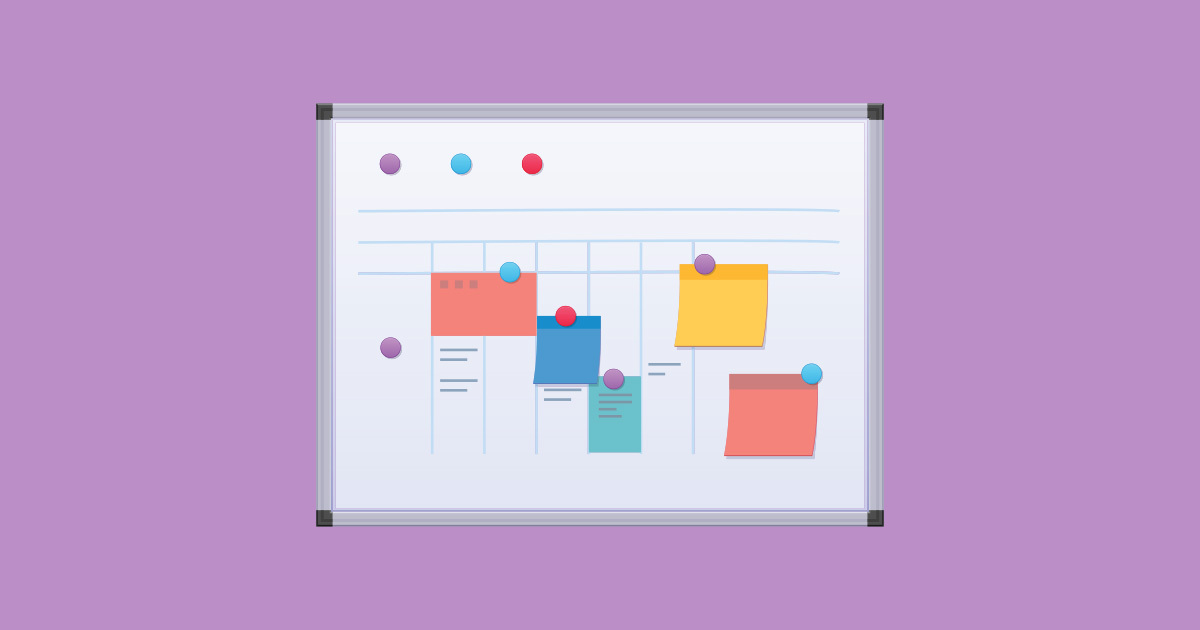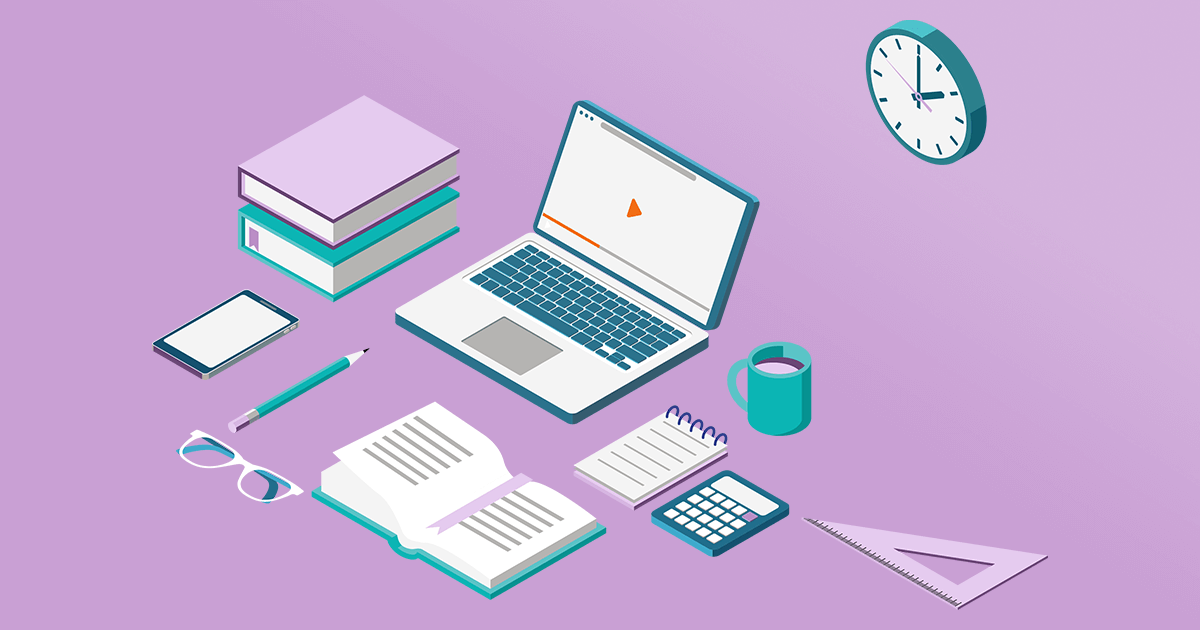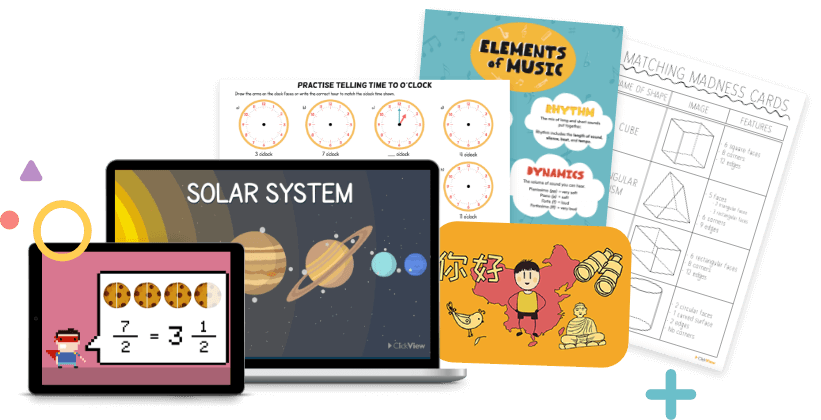What is a lesson plan?
No matter what level or subject you teach, a lesson plan is your guide to facilitating a lesson. It typically includes a learning goal, a plan for how the goal will be achieved and a way to measure whether the goal was reached. Lesson plans don’t need to be complex or lengthy, although they need to link clearly to outcomes and curriculum assessments. There’s no right or wrong way to plan. Depending on your preference, you can plan daily, weekly or longer term.
Latest Lesson Planning posts
How to format a lesson plan
No matter which format or template you plan in, the first step is to develop lesson objectives that outline the learning goals for students. The second step is the procedures that will be used for delivering instruction, including particular activities you will facilitate. To determine whether the learning goals are achieved the third step is to outline methods of assessment, such as tests, presentations, essays or other means. Student groupings and materials needed to carry out the various activities can also be listed in the lesson plan.


Where to find great lesson plan ideas
There are many online resources dedicated to helping you develop ideas for your lesson plans. Official government education websites have lots of jumping-off points for teachers of all levels, as do educational and textbook websites. ClickView also has lots of lesson plan ideas and sequences available across all subjects and levels from primary to secondary and beyond. These lesson plans come complete with various resources including activity worksheets and other teaching materials.
FAQs
- What is my reason for doing these activities?
- What are the academic, social, physical, personal and emotional needs of my students?
- Which teaching strategies and teaching styles will best facilitate my students’ learning? (It’s usually a mix of strategies and styles).
- How should I group my students? Would randomised grouping work best for this activity or are they better off with peers they choose?
- What prerequisites should my students have mastered or what prior knowledge do they need?
- What materials and human resources do I need for the lesson to be successful? Consider technology, such as content clips, as well as staffing.
- What worked and didn’t work?
- What will I do differently next time?
- Is there more pre-teaching required?
- What can I do to build on this lesson or sequence of lessons?








